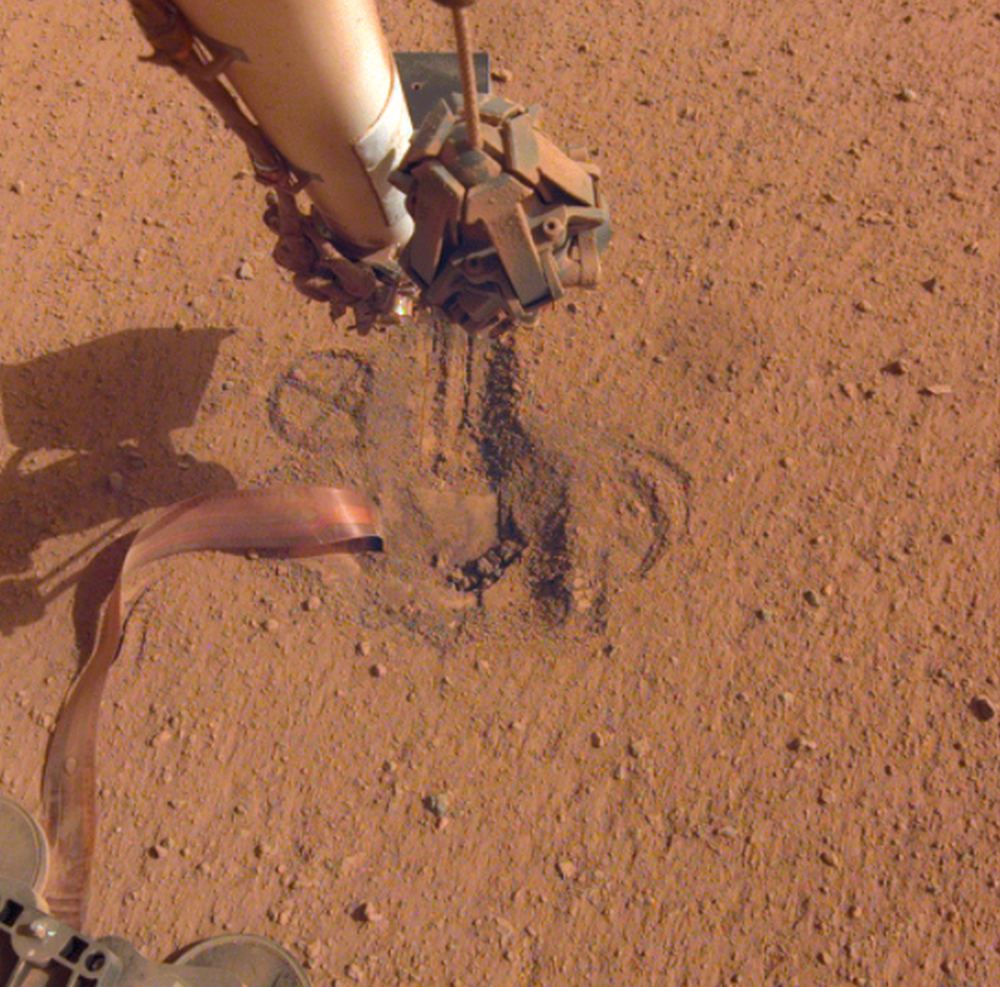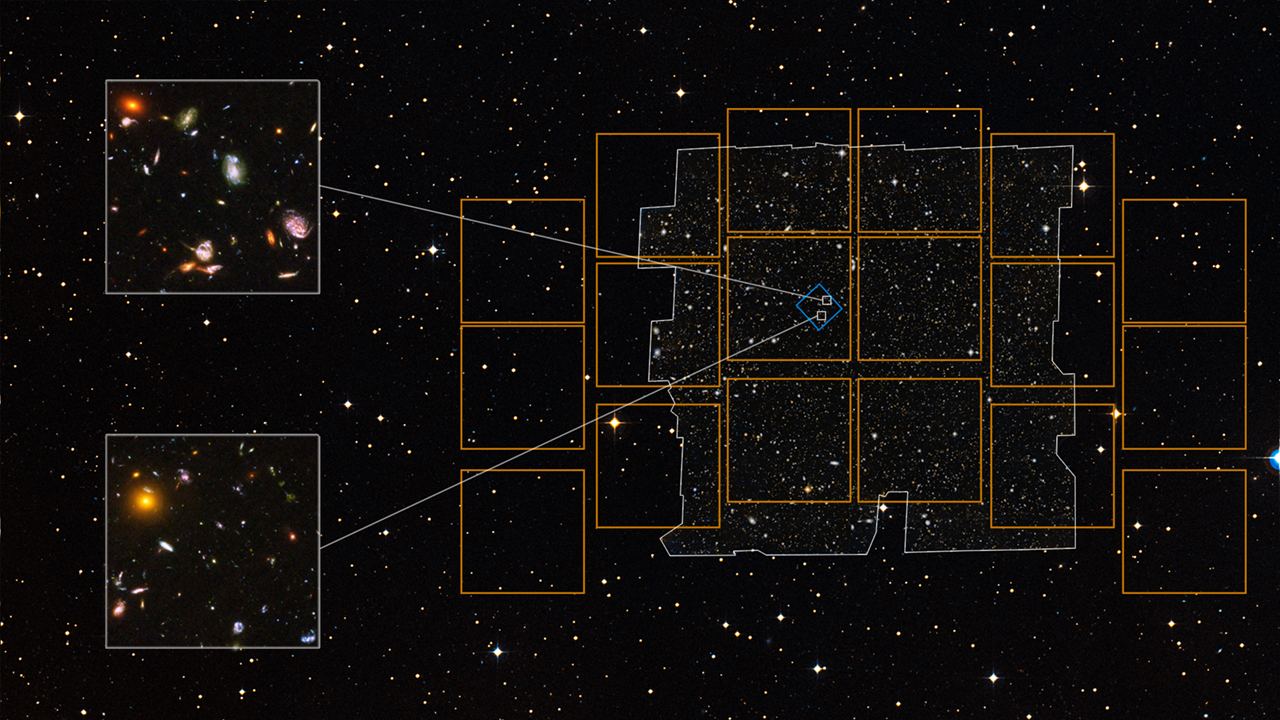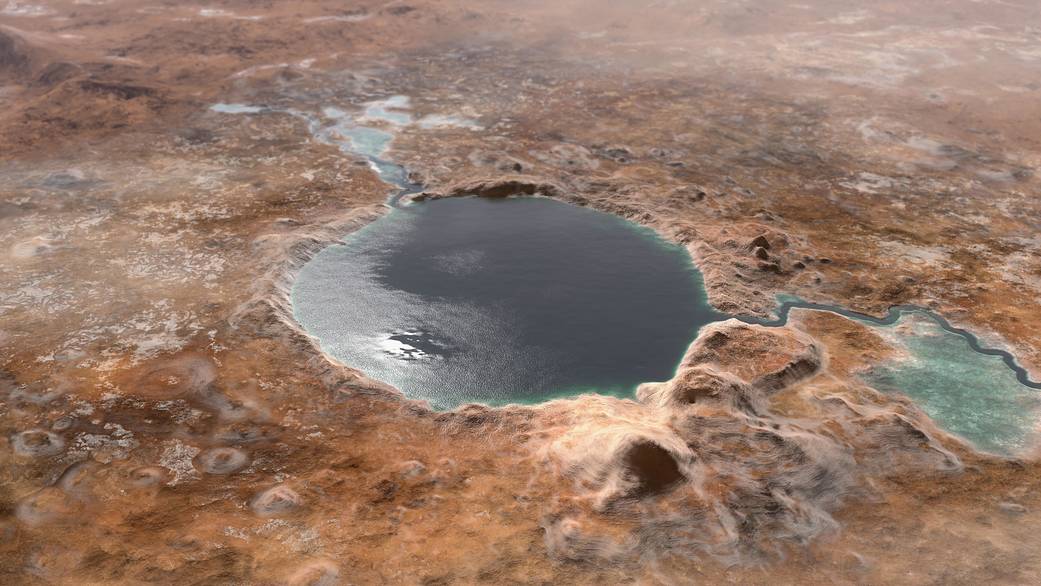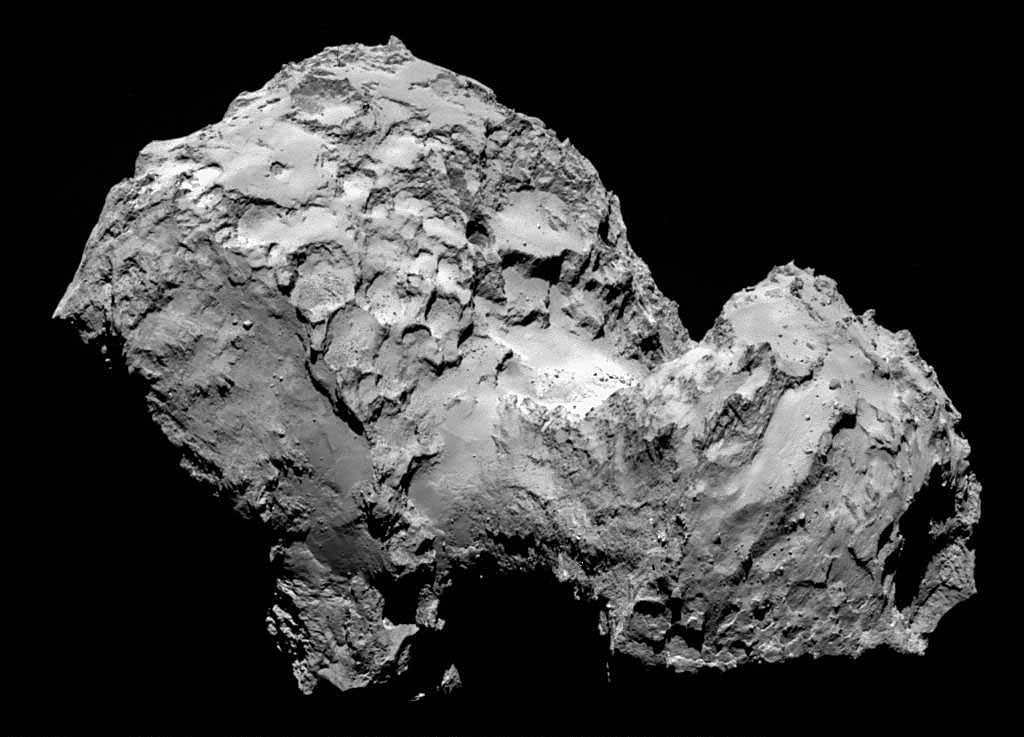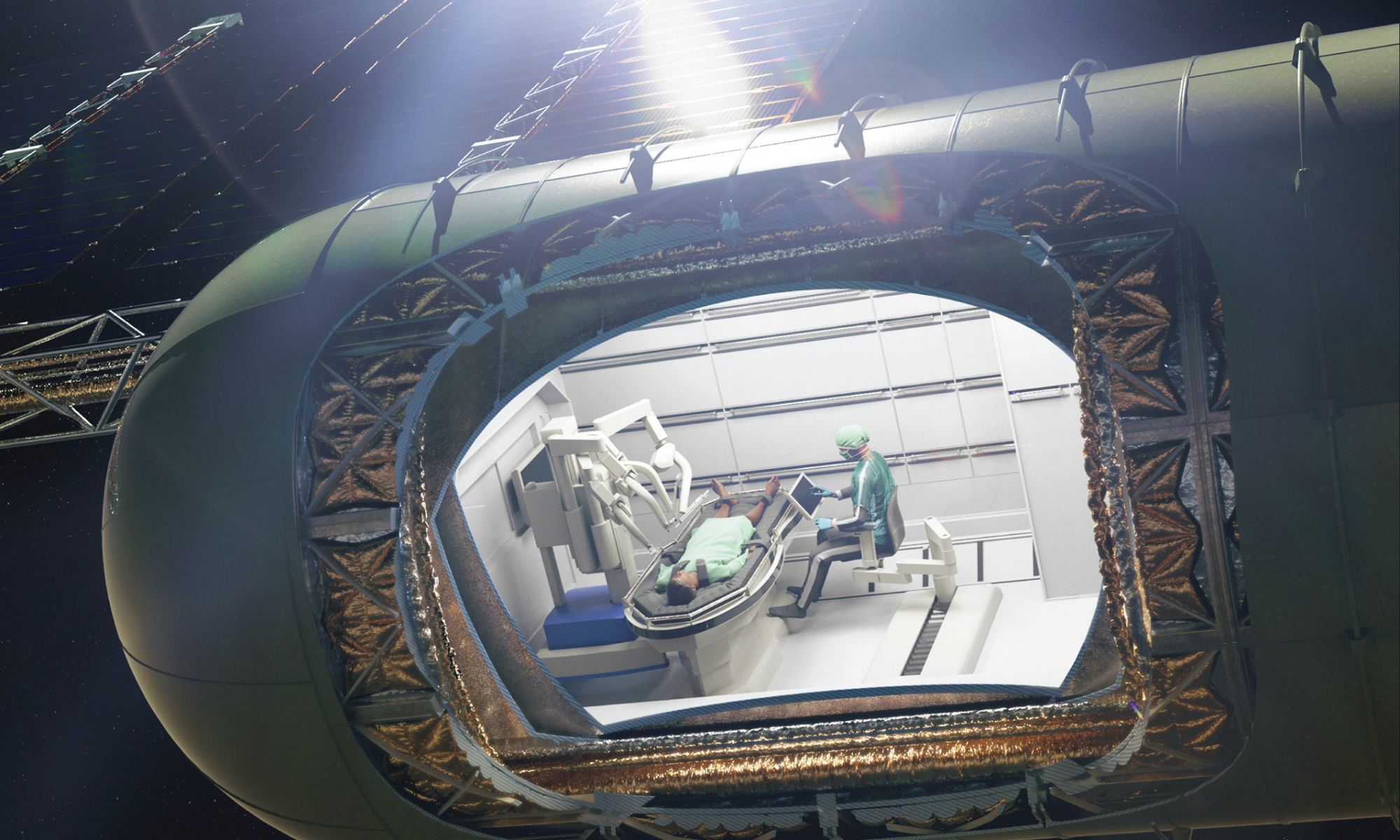Does the life of an astronomer or planetary scientists seem exciting?
Sitting in an observatory, sipping warm cocoa, with high-tech tools at your disposal as you work diligently, surfing along on the wavefront of human knowledge, surrounded by fine, bright people. Then one day—Eureka!—all your hard work and the work of your colleagues pays off, and you deliver to humanity a critical piece of knowledge. A chunk of knowledge that settles a scientific debate, or that ties a nice bow on a burgeoning theory, bringing it all together. Conferences…tenure…Nobel Prize?
Well, maybe in your first year of university you might imagine something like that. But science is work. And as we all know, not every minute of one’s working life is super-exciting and gratifying.
Sometimes it can be dull and repetitious.
Continue reading “Machine Learning Software is Now Doing the Exhausting Task of Counting Craters On Mars”

